Source code for read_structure_step.tk_write_structure
# -*- coding: utf-8 -*-
"""The graphical part of a Write Structure step"""
from pathlib import PurePath
import pprint # noqa: F401
import tkinter as tk
from .formats.registries import get_format_metadata
import seamm
from seamm_util import ureg, Q_, units_class # noqa: F401
import seamm_widgets as sw
[docs]
class TkWriteStructure(seamm.TkNode):
"""The graphical part of a Write Structure step in a flowchart."""
def __init__(
self, tk_flowchart=None, node=None, canvas=None, x=None, y=None, w=200, h=50
):
"""Initialize a graphical node
Keyword arguments:
tk_flowchart: The graphical flowchart that we are in.
node: The non-graphical node for this step.
namespace: The stevedore namespace for finding sub-nodes.
canvas: The Tk canvas to draw on.
x: The x position of the nodes cetner on the canvas.
y: The y position of the nodes cetner on the canvas.
w: The nodes graphical width, in pixels.
h: The nodes graphical height, in pixels.
"""
self.dialog = None
super().__init__(
tk_flowchart=tk_flowchart, node=node, canvas=canvas, x=x, y=y, w=w, h=h
)
[docs]
def create_dialog(self):
"""Create a dialog for editing the control parameters"""
frame = super().create_dialog("Write Structure Step")
# Create the widgets
P = self.node.parameters
for key in P:
self[key] = P[key].widget(frame)
# Set bindings
for name in ("file", "file type", "structures"):
combobox = self[name].combobox
combobox.bind("<<ComboboxSelected>>", self.reset_dialog)
combobox.bind("<Return>", self.reset_dialog)
combobox.bind("<FocusOut>", self.reset_dialog)
# and lay the widgets out
self.reset_dialog()
[docs]
def reset_dialog(self, widget=None):
"""Layout the widgets in the dialog
This initial function simply lays them out row by rows with
aligned labels. You may wish a more complicated layout that
is controlled by values of some of the control parameters.
"""
# Remove any widgets previously packed
frame = self["frame"]
for slave in frame.grid_slaves():
slave.grid_forget()
# What type of file?
extension = ""
filename = self["file"].get().strip()
file_type = self["file type"].get()
structures = self["structures"].get()
if self.is_expr(filename) or self.is_expr(file_type):
extension = "all"
else:
if file_type != "from extension":
extension = file_type.split()[0]
else:
if filename != "":
path = PurePath(filename)
extension = path.suffix
if extension == ".gz":
extension = path.with_suffix("").suffix
# Get the metadata for the format
metadata = get_format_metadata(extension)
# and put the correct ones back in.
row = 0
widgets = []
for item in ("file", "file type"):
self[item].grid(row=row, column=0, columnspan=2, sticky=tk.EW)
widgets.append(self[item])
row += 1
sw.align_labels(widgets)
items = []
if extension == "all" or not metadata["single_structure"]:
items.append("structures")
if structures in ("current system", "all systems"):
items.append("configurations")
items.append("ignore missing")
items.append("number per file")
items.append("remove hydrogens")
if len(items) > 0:
widgets = []
for item in items:
self[item].grid(row=row, column=1, sticky=tk.EW)
widgets.append(self[item])
row += 1
sw.align_labels(widgets)
# Set the widths and expansion
frame.columnconfigure(0, minsize=50)
frame.columnconfigure(1, weight=1)
[docs]
def right_click(self, event):
"""Probably need to add our dialog..."""
super().right_click(event)
self.popup_menu.add_command(label="Edit..", command=self.edit)
self.popup_menu.tk_popup(event.x_root, event.y_root, 0)

